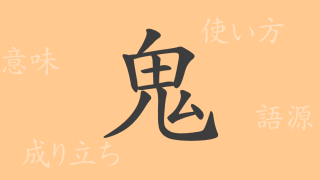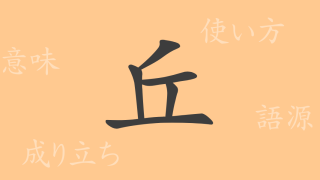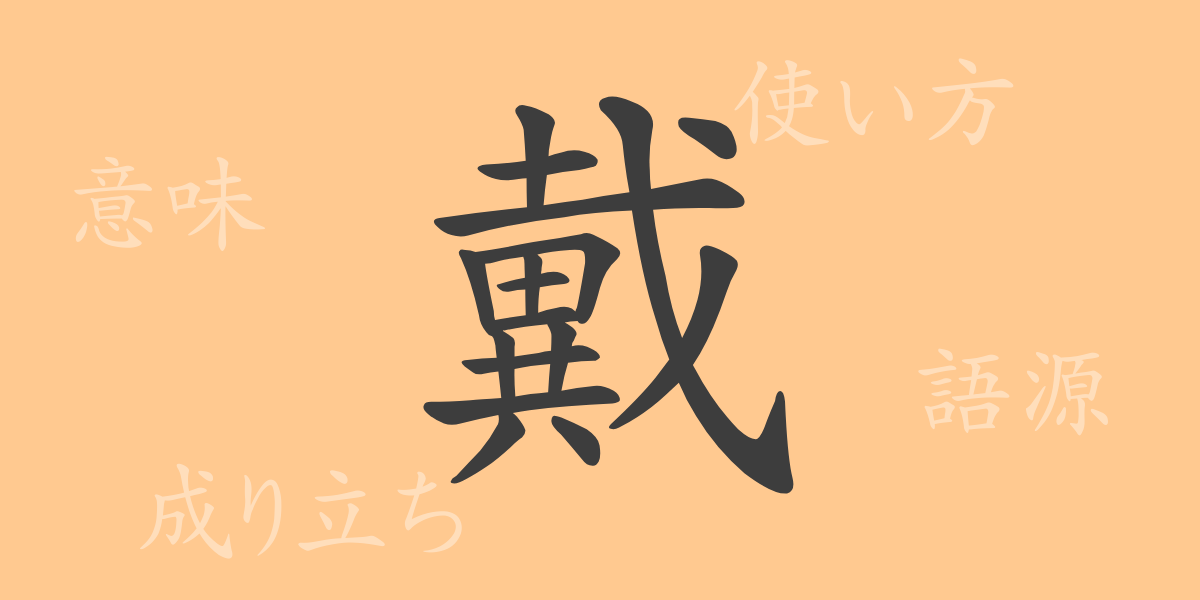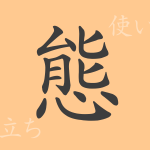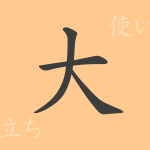Kanji, deeply rooted in Japanese culture, each carry rich histories and meanings. ‘戴’ (たい) (tai) is one such Jouyou kanji, often used to express respect or gratitude in daily life. This article explores the origins, meanings, usages, readings of ‘戴’, and related phrases and idioms, delving into the full scope of this character.
Origins of ‘戴’ (たい) (tai)
The kanji ‘戴’ originated from ancient Chinese script, symbolizing the act of placing something atop the head. In ancient China, placing a crown on one’s head was a symbol of respect and authority, and ‘戴’ represented this act. Over time, the character evolved from its physical connotation to embody abstract meanings of respect.
Meaning and Usage of ‘戴’ (たい) (tai)
‘戴’ carries meanings like ‘to receive,’ ‘to accept,’ and ‘to wear.’ It is used as a word of respect when receiving something from someone or asking for a favor. It also refers to placing items like crowns or hats on the head.
Readings, Stroke Count, and Radical of ‘戴’ (たい) (tai)
The kanji ‘戴’ has the following characteristics:
- Readings: On’yomi is ‘タイ’ (tai), Kun’yomi is ‘いただく’ (itadaku).
- Stroke Count: ‘戴’ consists of 17 strokes.
- Radical: ‘戈’ (ほこづくり) (hokozukuri).
Phrases, Idioms, and Proverbs Using ‘戴’ (たい) (tai) and Their Meanings
There are numerous idioms and phrases that include ‘戴’, reflecting its varied applications:
- ‘冠を戴く’ (かんをいただく) (kan wo itadaku) – To attain success or a position.
- ‘恩を戴く’ (おんをいただく) (on wo itadaku) – To receive favor or grace from someone.
- ‘命を戴く’ (いのちをいただく) (inochi wo itadaku) – To take someone’s life or to receive a significant favor.
Summary on ‘戴’ (たい) (tai)
The kanji ‘戴’ plays a significant role in expressing respect and gratitude in the Japanese language. Understanding its history and meanings enriches one’s expression in Japanese. This article hopes to aid in deepening your understanding of ‘戴’.






